
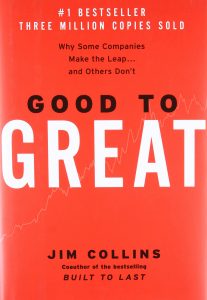
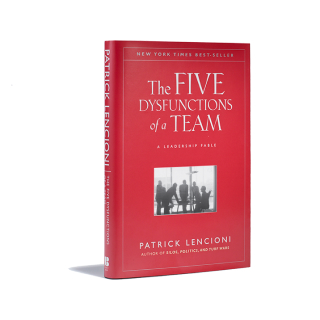
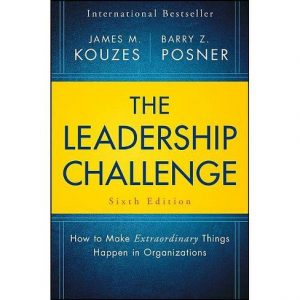
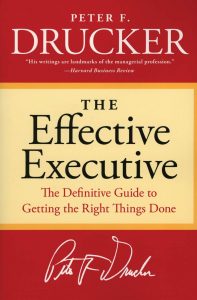
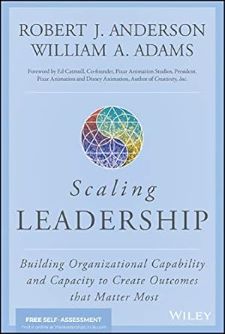
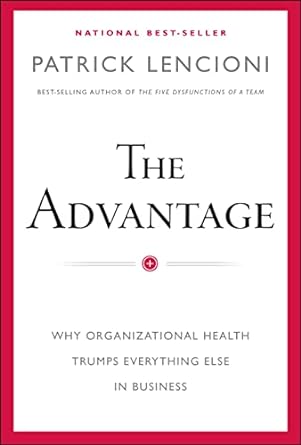

Tony is passionate about sharing his knowledge with other leaders to help them flourish and be successful. Each edition provides practical steps for leading and managing a growing business.
Located in the Portland, Oregon metro area. Serving clients locally and globally.
Maintained by Ghost Sherpa
Your free PDF is on its way! Please check your email (don't forget to check your Spam folder).